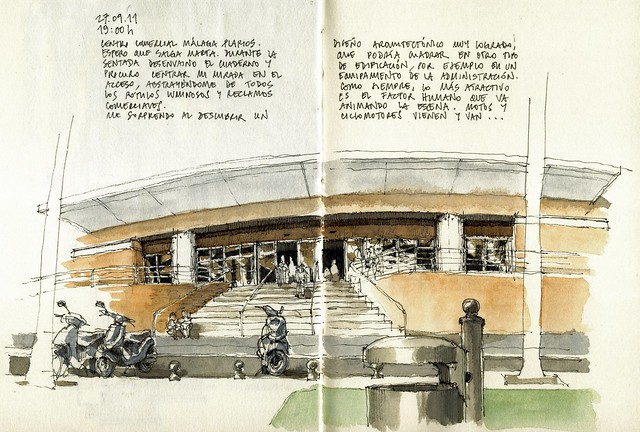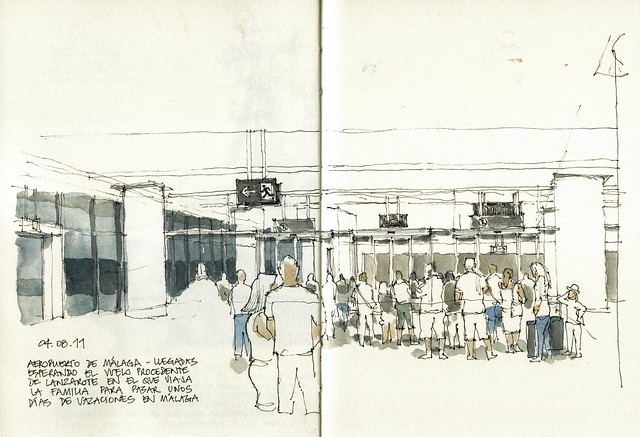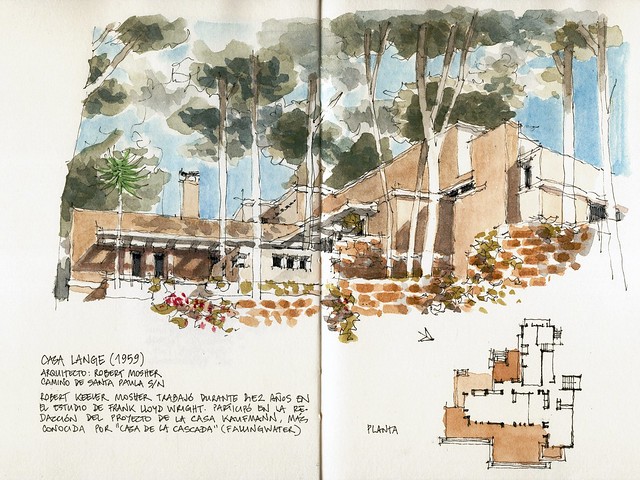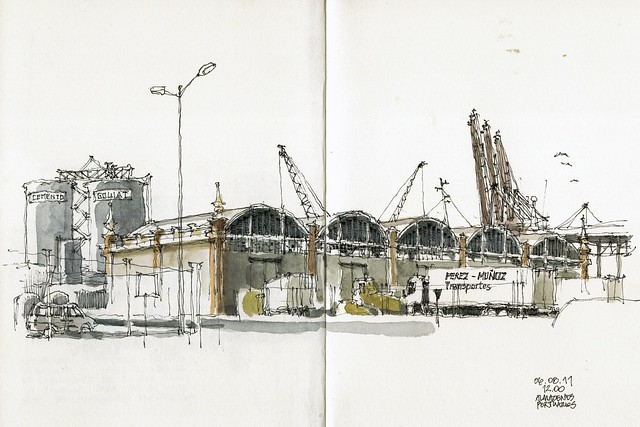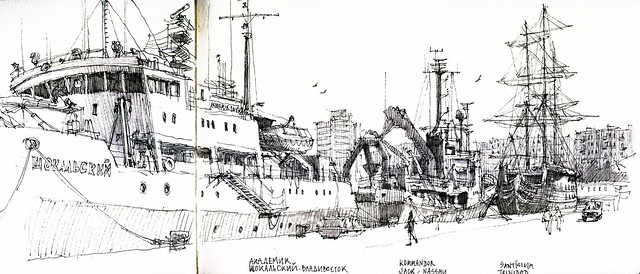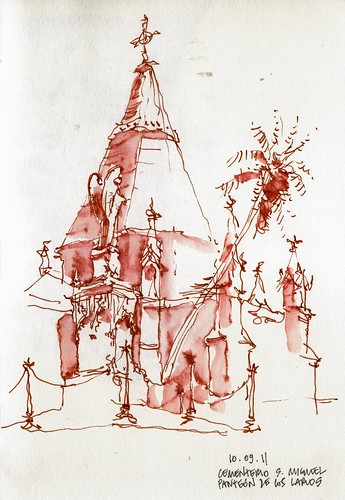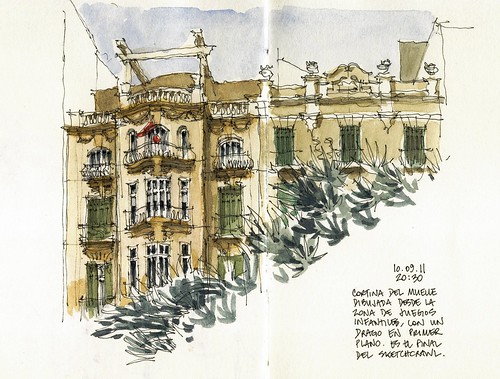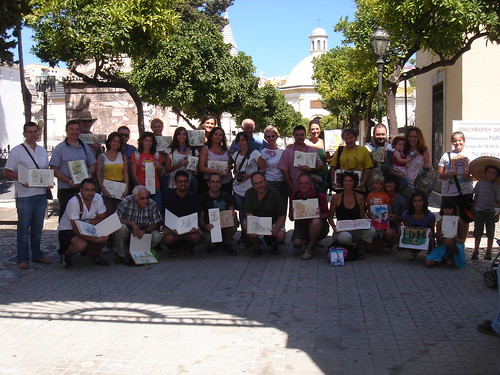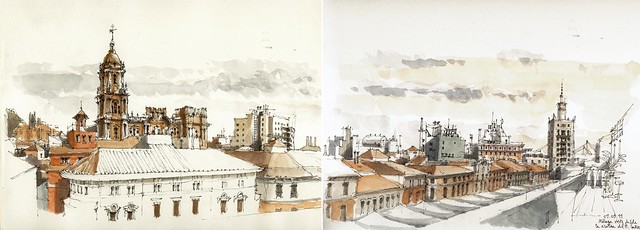
Desde que el nuevo cementerio de San Gabriel fue inaugurado en los años 80, el venerable
Cementerio de San Miguel pasó a un cierto estado de olvido. Sin embargo, es tal la densidad de historia y arte concentrados aquí que sólo era cuestión de tiempo que un día desde
USk Málaga le dedicáramos nuestra atención a la hora de dibujar. El sábado 10 de septiembre ha sido ese día, y tengo que decir que hemos contado con una asistencia récord de más de 30 amigos, a muchos de los cuales aún no conocíamos en persona. ¡Gracias a todos!
Sucede a veces que las personas que vienen de fuera son más receptivos a nuestro patrimonio que los autóctonos, y en este caso han sido
Carmen y
Anxo, gallegos para más señas (y grandes artistas), quienes mostraron más interés en acudir a este lugar. Gracias especialmente a ambos.
El cementerio en sí tiene un marcado carácter decimonónico. Recorriendo la retícula de sus calles van apareciendo mausoleos y panteones de las principales familias industriales y comerciantes del siglo XIX, edificados en estilos que van desde el neoclasicismo al art decó, pasando por eclecticismo y neogótico.
Quise dibujar los de las dos familias más señeras de esa época:
Heredia y
Larios.
Para el de los Larios quise usar la técnica del aguatinta, sugerida por el gran
Manolo Hernández, que amablemente me prestó su pluma.
Since the new San Gabriel Cemetery was opened in the 80's, the venerable San Miguel Cemetery came to a state of oblivion. However, such is the density of history and art concentrated here that it was only a matter of time that one day us from Usk Málaga paid our attention to it, in order to draw. Saturday, September 10th was that day, and I have to say that we have had a record attendance of more than 30 friends, many of which we had still not met in person.
It sometimes happens that people from outside are more receptive to the indigenous heritage, and in this case have been Carmen Anxo, Galician to be exact, who showed more interest in coming here. Thank you both!
The cemetery itself has a distinctly nineteenth century aspect. Walking through the grid of its streets appear mausoleums and tombs of the leading industrial and traders families of the nineteenth century, built in styles ranging from neoclassical to Art Deco, including Gothic Revival and eclecticism.
I wanted to draw the two richest families of that time: Heredia and Larios.
For the Larios I wanted to use the art of aquatint, suggested by the great Manolo Hernandez, who kindly lent me his pen.
Acabamos el día, tras una comilona de pescaíto frito, en el parque. Mientras los niños jugaban en la zona infantil, los que quedábamos a esa hora dibujamos los edificios de la Cortina del Muelle. ¡Un día estupendo!
We ended the day in the park, after a meal consisting of fried fish from our bay. While the kids played in the children's area, the remaining of us at that time drew the buildings in front. A great day!
